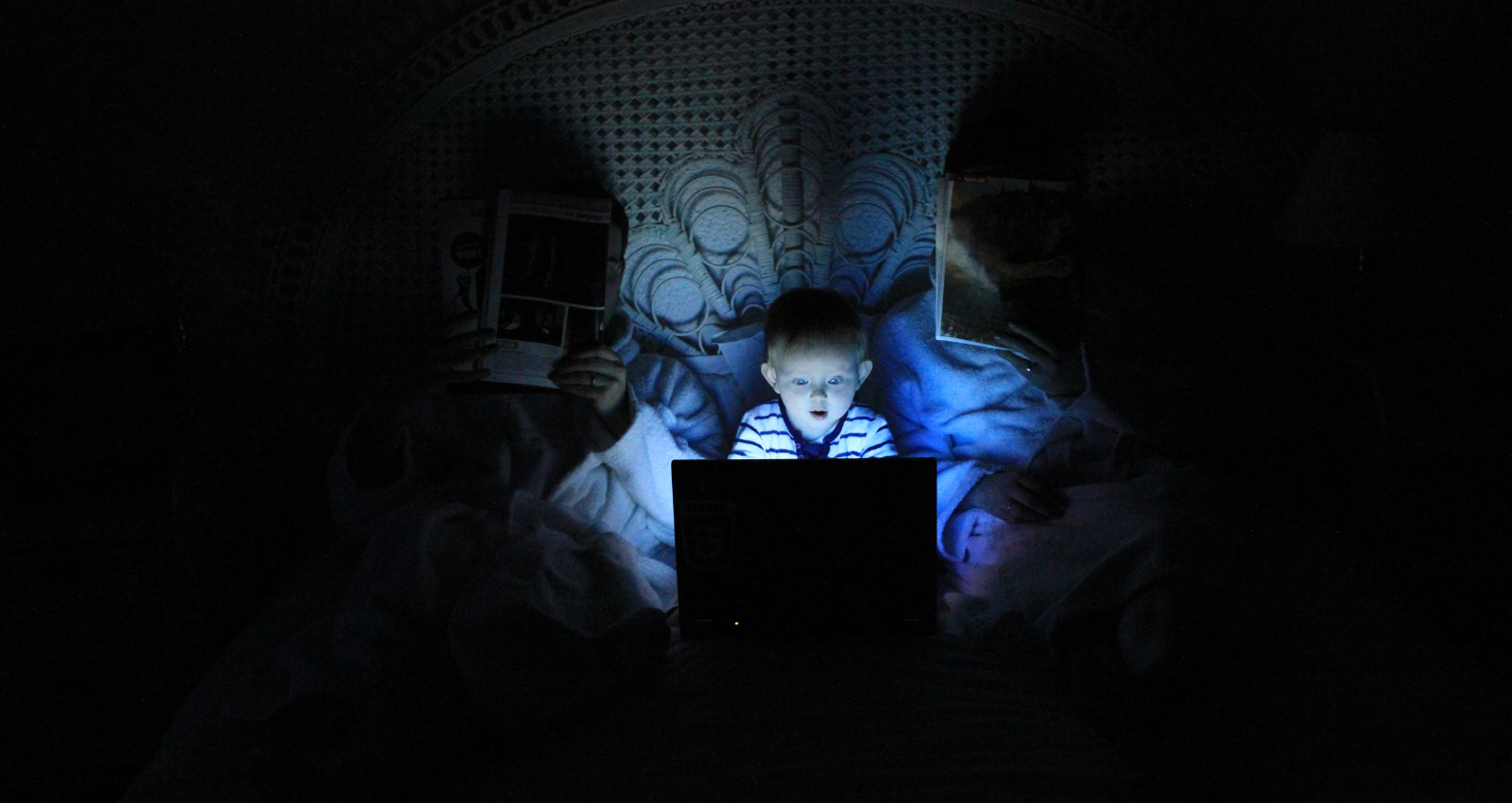
Internet Safety Rules to Teach a Child with Autism
The internet is quite something, isn’t it? It enables our children to communicate, play games and learn and can be a ‘go-to’ when our kids need to self-regulate or be entertained. But the internet can also be terrifying.
Children, particularly autistic children, are vulnerable to online abuse and predators. It is therefore paramount that we teach our kids online safety to ensure that they are not at any risk when using online devices such as a tablet or computers. Teaching internet safety for an autistic child is dependent on the child’s level of understanding and ability to communicate. Here are some approaches that you can take…
Talk to your child about online safety
Speak to your child about internet safety if you can communicate this to them. You can use a social story to explain things like not sharing personal information over the internet, online scams and bullying. Talk to your child about behaviour and what to expect from others online. Encourage them to speak to an adult if they find anything confusing or worrying and have regular conversations with them to reinforce this. The NSPCC has a great social story to explain cyberbullying to children with special educational needs and disabilities. They also have a social story explaining online friendships.
Be proactive
As well as adding parental control make sure you can monitor your child’s access to the Internet. It means making sure all devices that have access to the Internet are also monitored, such as mobile phones, tablets and laptops. Have main computers and devices with access to the internet in an area in the home, where you can see your children and are in high-traffic areas such as the kitchen and the living room.
Set boundaries or create online rules
Setting boundaries or creating rules can be helpful. For example:
- Never give out personal information such as your name, date of birth, address or school name.
- Speak to an adult before uploading any photographs.
- Not everyone online is who they say they are or can be trusted.
- Don’t use your own name as your username.

Parental controls
On devices like the iPad, you can password-protect application downloads and in-app purchases to prevent your child from being able to buy games online. It can be easy for a child with autism to accidentally download games or in-app purchases and not understand that this costs money. Adding parental controls can prevent this. Parental controls can also be used to manage the content that your child can access online as well as putting a time limit on their online usage.
Check your location settings.
Check the location settings on your child’s device and ensure that these are off so that there is no risk of them sharing their location online.
Turning off chat functions in games, if necessary.
Lots of online games have chat and messaging functions, such as Roblox. However, did you know that a lot of games enable you to turn these functions off? Turning them off can help to protect your child from online abuse or online predators.
Check their device regularly.
Finally, check your child’s device regularly to look at the content, chat and messages they have had access to. This will ensure that you are aware of any potential trouble as soon as possible if your child does not tell you.

